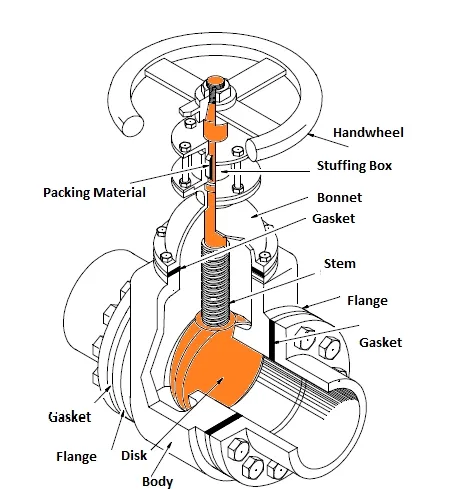pressure reducing valve leaking
Understanding Pressure Reducing Valve Leaking Causes and Solutions
A pressure reducing valve (PRV) plays a crucial role in various plumbing and hydraulic systems by regulating the pressure of the fluid flowing through pipes. While these valves are designed to ensure a consistent output pressure, they may sometimes develop leaks, leading to decreased efficiency and increased operational costs. Understanding the causes of PRV leakage and finding appropriate solutions is vital for maintaining a reliable system.
Causes of Leakage in Pressure Reducing Valves
1. Worn Seals One of the most common reasons for leaks in pressure reducing valves is the deterioration of seals over time. Continuous exposure to high pressure and fluctuating temperatures can cause seals to wear down, leading to leakage. Regular maintenance and timely replacement of seals are essential to prevent this issue.
2. Corrosion Water quality plays a significant role in the longevity of a PRV. If the fluid contains corrosive substances or high levels of contaminants, the internal components of the valve may corrode, resulting in leaks. Utilizing a PRV made from corrosion-resistant materials can mitigate this risk.
3. Improper Installation Installation errors can lead to misalignment or excessive stress on the valve components, which may cause leaks. Ensuring a proper installation according to the manufacturer's guidelines can help avoid this problem.
4. Pressure Surges Sudden fluctuations in system pressure—often caused by water hammer or rapid valve closures—can stress the components of a PRV. These surges can lead to deformation or displacement of internal parts, resulting in leaks. Installing surge protectors or installing valves with a higher pressure rating can help manage pressure changes.
5. Temperature Changes Extreme temperature changes can also affect the performance of a PRV. High temperatures can lead to thermal expansion, while low temperatures can cause contraction, potentially leading to leaks. Selecting a valve suitable for the specific temperature range of the application is key.
pressure reducing valve leaking

Solutions to Prevent and Address Leaks
To effectively prevent and address leaks in pressure reducing valves, several strategies can be implemented
1. Regular Maintenance Schedule routine inspections of the valve to identify early signs of wear or corrosion. Maintenance should include checking seals, cleaning the valve, and ensuring that all components are functioning correctly.
2. Correct Installation Engaging professional plumbers for installation can help avoid issues resulting from improper setup. Ensuring that the valve is installed in accordance with manufacturer recommendations is crucial.
3. Material Selection When selecting a PRV, consider the material compatibility with the fluid being controlled. Choosing materials known for their resistance to corrosion and temperature fluctuations can enhance durability.
4. Monitoring System Pressure Keeping an eye on system pressure with pressure gauges can help identify sudden changes. By addressing these changes promptly, the risk of pressure-induced leaks can be minimized.
In conclusion, pressure reducing valve leaks can pose significant challenges, but with proper maintenance, careful installation, and suitable material selection, these issues can be effectively managed. By taking proactive measures, users can ensure the long-term reliability of their hydraulic systems.
-
Premium Gas Ball Valves: Safe & Reliable Flow ControlNewsAug.31,2025
-
High-Security Lockable Gas Valve - Tamper-Proof ControlNewsAug.30,2025
-
Reliable Hydraulic Valves for Efficient Fluid ControlNewsAug.29,2025
-
Reliable Electric Actuators for Industrial Valve AutomationNewsAug.29,2025
-
Premium Line Blind Valves for Secure Pipeline IsolationNewsAug.29,2025
-
Premium Electric Valves for Smart Fluid Control SolutionsNewsAug.29,2025
-
Precision Balanced Valves for Optimal System PerformanceNewsAug.29,2025




